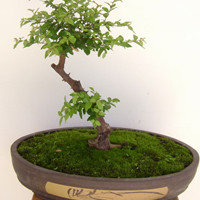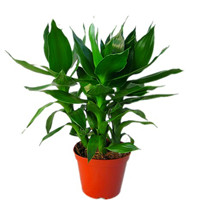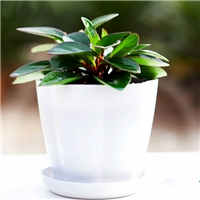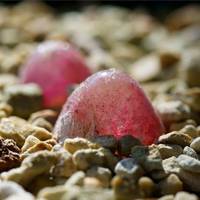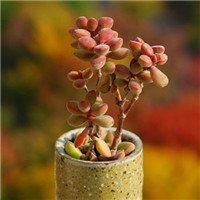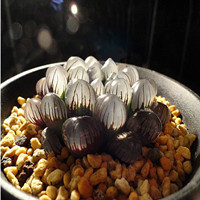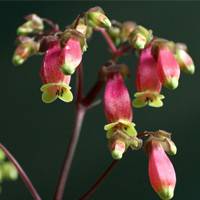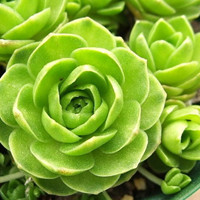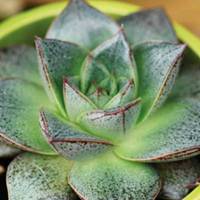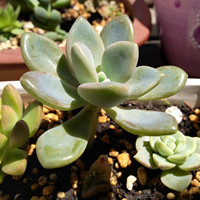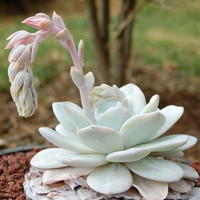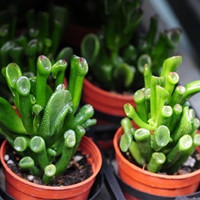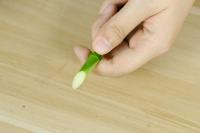How to Test Your Well Water for Watering Plants
Having a well for your watering needs can be a great way to save on costs and ensure access to fresh water for your plants. However, it is important to test your well water periodically to ensure that it is safe for plants and humans alike. Here are some steps to follow to test your well water for watering plants:
Step 1: Collect a Sample
The first step in testing your well water is to collect a sample. Be sure to use a clean container, such as a sterile plastic bottle, to avoid any contamination. It is recommended to take a sample from a tap or faucet that is connected directly to your well, rather than from a secondary water source, such as a hose or irrigation system.
Step 2: Analyze for pH Level
The pH level of your well water is an important factor to consider when testing for its suitability for plants. A pH level between 6-7 is generally considered optimal for most plants. You can purchase a pH testing kit to determine the approximate pH level of your water sample.
Step 3: Test for Contaminants
It is important to test your well water for common contaminants that can be harmful to both plants and humans. You can purchase a water testing kit that includes tests for common contaminants such as lead, copper, and nitrates.
Step 4: Consider Additional Testing
Depending on your location, there may be additional contaminants that you should test for in your well water. For example, if you live near a mining or agricultural area, you may need to test for heavy metals or pesticides. You can contact your local health department or a private testing laboratory to find out what additional tests are recommended for your area.
Step 5: Take Action Based on Results
Once you have received your test results, you should take appropriate action based on the findings. If your well water is deemed safe for plants and humans, you can continue to use it for your watering needs. If there are contaminants present that could be harmful, you may need to install a water filtration system or take other measures to ensure the safety of your water.
In conclusion, testing your well water for watering plants is an important step to ensuring the safety and health of your plants and yourself. By following these simple steps, you can be confident in the quality of your well water and take any necessary actions to address any issues that arise.

 how many times do yo...
how many times do yo...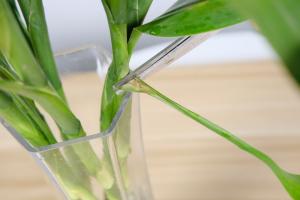 how many planted tre...
how many planted tre...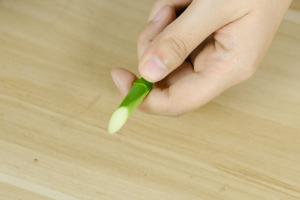 how many pine trees ...
how many pine trees ... how many pecan trees...
how many pecan trees... how many plants comp...
how many plants comp... how many plants can ...
how many plants can ... how many plants and ...
how many plants and ... how many pepper plan...
how many pepper plan...

